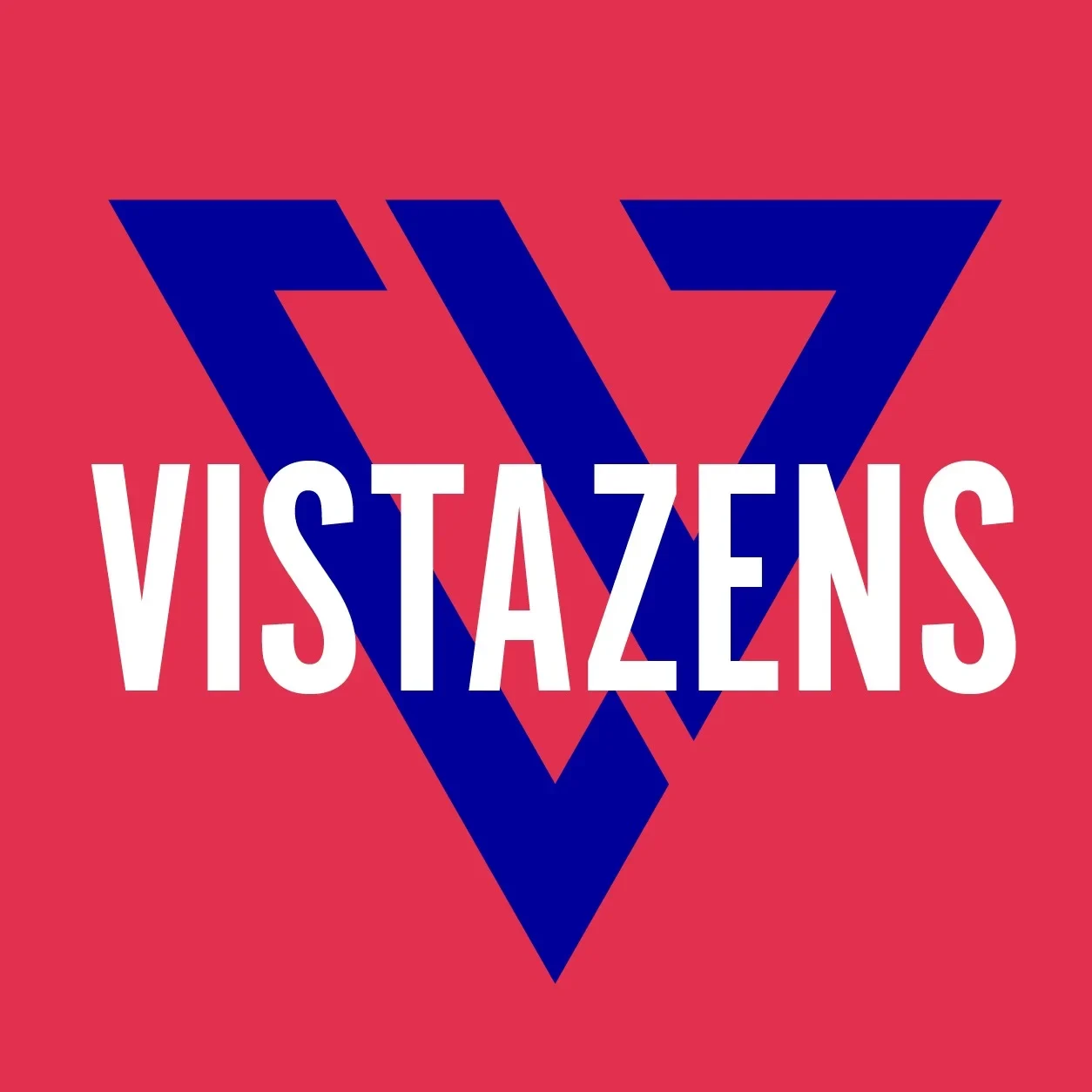Introduction
Released in 2003, Halo: Combat Evolved became a landmark title in the gaming industry, revolutionizing the first-person shooter genre and establishing itself as a cultural icon. The Halo (2003) Game Icons Banners give the game a distinct visual identity, which is a major factor in its success. The story, the science-fictional military theme, and the player’s immersion in the Halo universe are all shaped by these visual aspects. To fully grasp how Halo established its reputation, one must grasp the importance of these visual assets.
Here we’ll take a look at the game’s banners and icons, breaking them down to see how they were made, what they served, and how they affected the game and culture at large. We hope to highlight the genius of Halo’s visual storytelling by analysing important aspects like faction banners, loading screen icons, and menu design.
The Role of Icons and Banners in Halo (2003)
There is a close relationship between the story and the visual style of Halo: Combat Evolved. Besides adding visual appeal, the game’s banners and icons serve a practical purpose by informing the player of important information and reinforcing the game’s overarching themes of exploration, science fiction, and military conflict. Whether in combat or navigating the game’s menus, these components lead players through the universe.
Icons as Symbols of Factions and Allegiances
The human UNSC and the extraterrestrial Covenant are the two primary groups in Halo (2003). The visually distinct icons used to represent these factions add to the narrative tension in the game.
The UNSC Emblem: Military Precision
The emblem of the United Nations Security Council is a modern, powerful logo that is both elegant and futuristic. The emblem represents the militarised and disciplined aspect of humanity’s struggle for existence; it features an eagle and a stylised shield. Its pervasiveness in the game, from vehicles to banners, emphasises the UNSC’s status as an intimidating military power.
Covenant Symbols: Alien Mystery
On the other hand, the Covenant’s symbols are otherworldly and mysterious. In stark contrast to the more angular human symbols, their banners display elaborate, curvilinear patterns. This aesthetic difference emphasises the Covenant’s otherworldly character and heightens the aura of danger and intrigue they evoke. Players will be able to spot Covenant ships and weaponry, as well as in various cutscenes, thanks to the icons.
Master Chief Icon: The Hero of Humanity
The iconic helmet worn by Halo’s protagonist, Master Chief, is one of the game’s most recognisable symbols. Not only does this emblem stand for the character, but it has also come to symbolise the entire franchise. Because of its prominent placement on in-game menus and advertising banners, it has become a potent symbol of courage and perseverance.
Halo Rings Icon: Cosmic Scale
The Halo rings are frequently represented in banners and icons and are an integral aspect of the game’s lore. Central to the plot and representing the game’s cosmic scope are these enormous man-made megastructures. The image of the rings, which appears frequently in Halo’s promotional materials and loading screens, stands for the game’s grand, universe-spanning scope.
The Power of Banners in Visual Storytelling
Halo: Combat Evolved uses banners for more than just aesthetic purposes. Their purpose is to aid in world-building and to strengthen the player’s emotional investment in the plot. These banners serve as visual representations of each faction, location, and event in the game. They frequently incorporate powerful symbolic elements that mirror the game’s central themes.
Faction Banners: Representing Loyalty and Identity
UNSC Banners: Order and Unity
When flown proudly over military bases and spacecraft, the banners of the United Nations Security Council convey a sense of power and solidarity. In keeping with the UNSC’s military rigour, the design frequently makes use of strong, unadorned colours and lines. Players will see these banners scattered around the game, serving as a constant reminder of the human resistance movement’s organised stand against the alien invasion.
Covenant Banners: Exotic and Unpredictable
Contrarily, the design of Covenant banners is considerably more elaborate and exotic. They make an appearance in areas under Covenant control, wearing symbols of alien life that make people feel strange. The flags’ dynamic, flowing lines stand in stark contrast to the UNSC’s more regimented designs, emphasising the polarisation between the two groups even more.
Loading Screen Icons: A Subtle Narrative Element
The loading screens in Halo (2003) do more than just keep the game running; they subtly draw players into the world even when they’re not actively playing. To keep players interested, these screens use icons that represent important parts of the story and gameplay.
Halo Rings and Their Impact
Loading screens frequently showcase the recognisable Halo rings. As a visual reminder of the stakes, these symbols call attention to the greater cosmic danger that players must contend with. The rings’ circular pattern stands in stark contrast to the human and Covenant banners’ linear patterns, highlighting the Halo installations’ otherworldly quality even further.
Weapon and Vehicle Icons
The usage of icons representing different vehicles and weapons from the game is another important aspect of the loading screens. In preparation for impending battles, these icons acquaint players with the tools they’ll be using.
Menu Design and Its Iconic Influence
Halo: Combat Evolved has a distinct yet uncomplicated menu style. The futuristic aesthetic and clever iconography work together to make the game accessible while also conveying its theme of military science fiction.
Minimalist Approach
Players are able to effortlessly navigate the game’s different modes and options thanks to the menus’ minimalist design, which features clean lines and clearly defined sections. Players won’t get distracted by convoluted menus and can instead concentrate on the game at hand thanks to this design decision.
The Significance of Icons in the Menu
The game’s menus make extensive use of icons to denote various gameplay options, including campaign missions, settings, and multiplayer modes. The icons are easy to understand and recognise, so players can quickly grasp their options without reading any text. Even in these more subdued sections, the game’s signature emblems—the UNSC logo and the Master Chief’s helmet—reinforce the experience.
The Influence of Halo (2003) Icons on Later Games
Many other games in the same genre and subsequent installments in the Halo series were influenced by the visual decisions introduced in Halo: Combat Evolved. The unique banners and icons used in Halo became instantly recognisable, and they went on to impact not just the subsequent games in the series but the first-person shooter genre as a whole.
Continuing the Legacy in Halo Sequels
Later Halo games built upon the original’s visual language by adding new icons and banners to the mix. The Master Chief’s helmet, the UNSC and Covenant emblems, and other recurring symbols helped establish a feeling of continuity throughout the franchise.
Inspiring Other First-Person Shooters
The use of banners and icons to create a unified visual identity in Halo has been emulated by other first-person shooters. The use of faction emblems and banners to enhance storytelling is a common visual element in games like Destiny, developed by Bungie (the same studio behind Halo).
FAQs
What is the purpose of banners in Halo (2003)?
The banners in Halo: Combat Evolved represent different factions and enhance the game’s narrative by visually differentiating the human and alien forces.
Why is the Master Chief’s helmet icon significant?
The Master Chief’s helmet icon symbolizes heroism and resilience, becoming an iconic image synonymous with the Halo franchise.
How do the icons improve the player’s experience in Halo (2003)?
The icons guide players by offering visual cues for decision-making during combat and in navigating the game’s menus.
What role do Covenant icons play in Halo (2003)?
Covenant icons, with their alien designs, create a sense of mystery and help visually distinguish the Covenant from the human UNSC forces.
How did the visual design of Halo (2003) influence other games?
Halo: Combat Evolved set a new standard for visual storytelling in video games, influencing both its sequels and other first-person shooters with its iconic use of banners and symbols.
Also Read: Pixzle: A Platform for Puzzle Solving and Graphic Design Capabilities
Conclusion
Halo: Combat Evolved’s visual aspects, particularly its Halo (2003) Game Icons Banners, contributed significantly to creating an engaging and immersive experience for players. These designs, ranging from the militarised UNSC emblems to the Covenant’s exotic and enigmatic symbols, contributed significantly to the story’s depth and sense of identity. Aesthetics aside, they had an impact on gameplay by facilitating effective navigation of the Halo universe through the provision of visual clarity and cues. As time has passed, these symbols have become ingrained in gaming culture and have gone beyond the game itself. The impact of icons and banners on player engagement and narrative in video games is evident in Halo’s original visual designs, which are still being used today.

Diane Wood is a talented blogger at Vistazens.com, covering a wide range of subjects, including technology and culture. Her work highlights the connections between modern life and long-standing traditions, while simplifying the latest innovations and sustainability efforts for readers.
